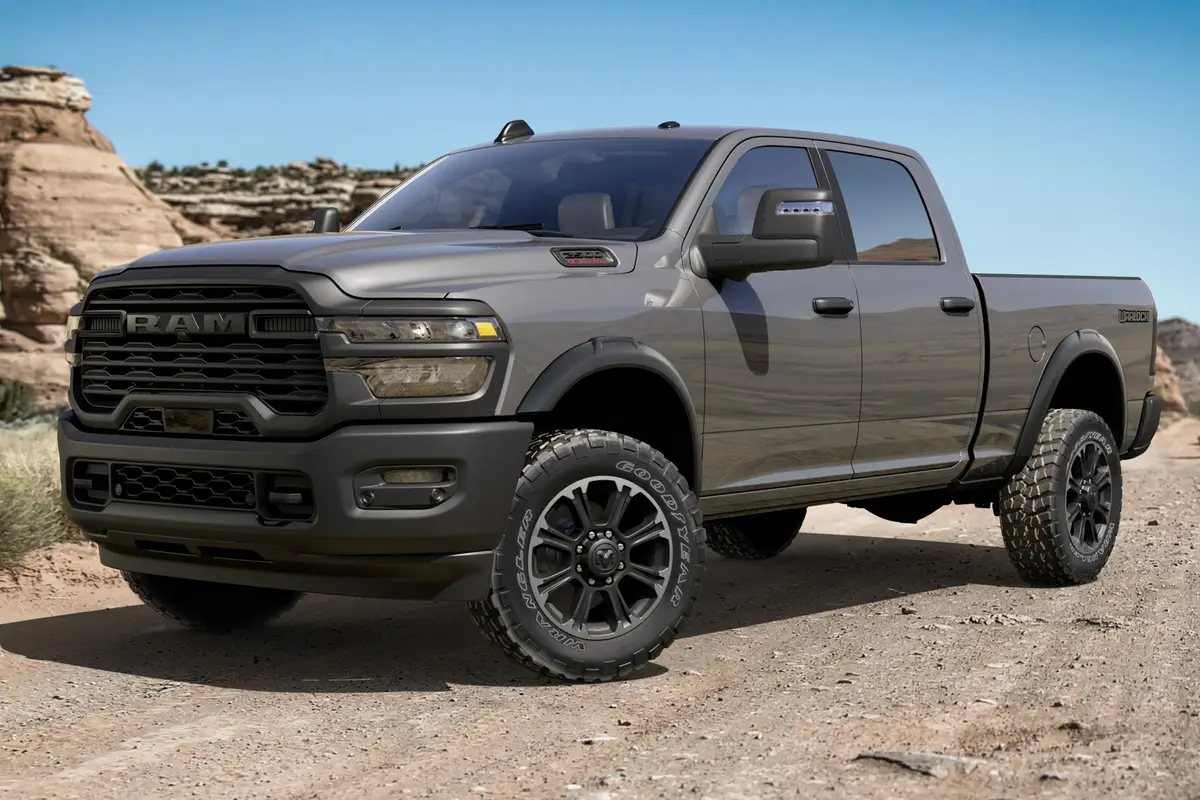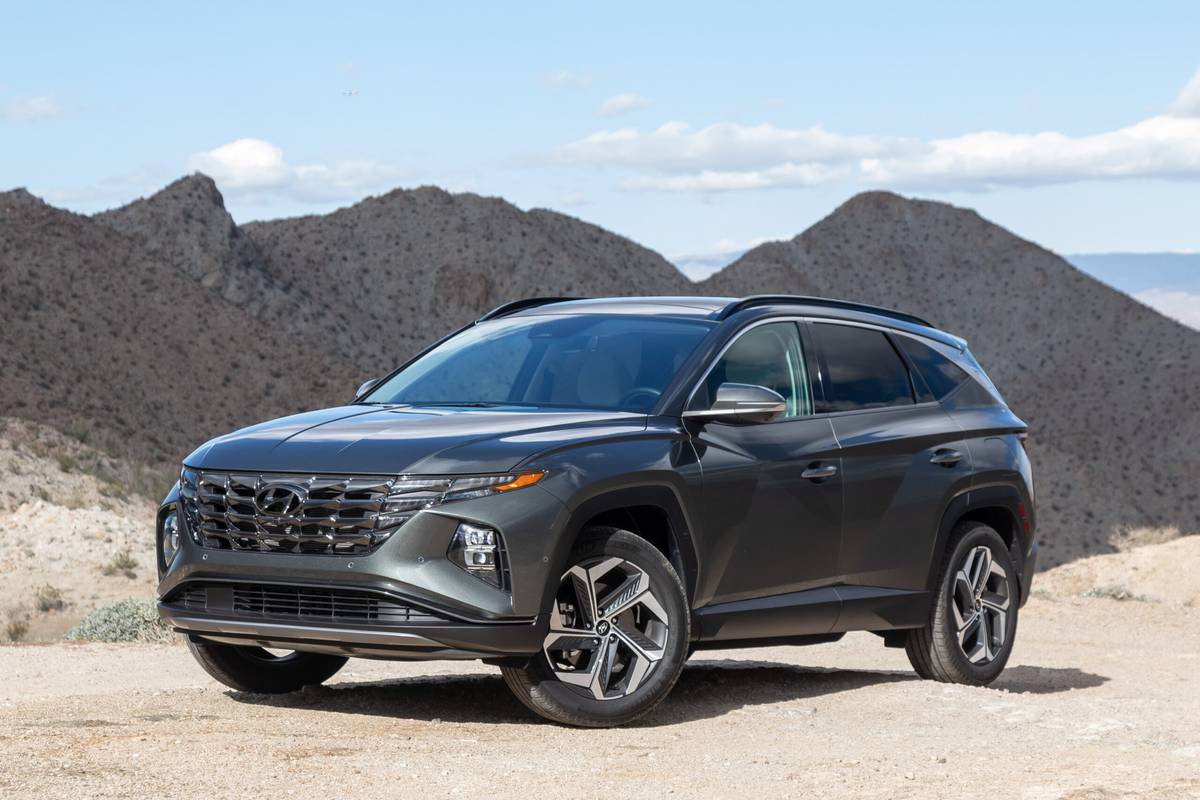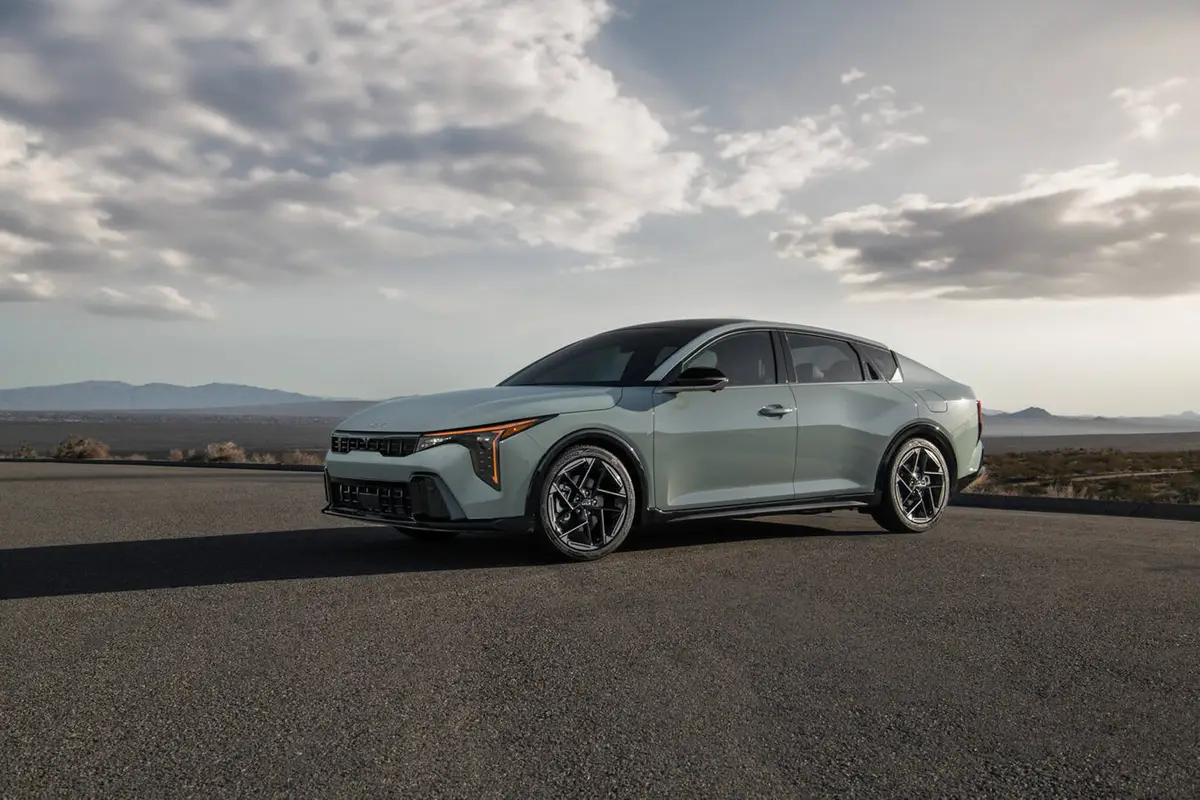Cincinnati.com's view
Give me a break, and I’ll give you one, Honda: If you MUST call your new crossover utility vehicle “The Ultimate American Family Adventure Vehicle,” you’d better have thick skins, because here comes Big Al, professional debunker.
To be sure, hype aside, the Pilot is worthy of the Honda nameplate. And how could it not be – it’s derived from the Honda Odyssey minivan and was preceded in the market by Honda luxury division Acura’s MDX, which has proven itself a crowd-pleaser.
I just hope the folks who are rushing to buy them and are bidding them up don’t feel a little let down, as I did, when reality falls a trifle short of expectations. I had the construct of a scaled-up CR-V, and that proved an inopportune fabrication.
Honda calls its new baby a sport-utility, but, absent any federal nomenclatural constraints – to the Feds, they’re all “special-purpose vehicles” – I prefer to be a strict constructionist and reserve that term for more rugged machines, which, by dint of having mechanical four-wheel drive and a low range are better suited to going where one shouldn’t venture without a satellite phone.
Crossover is a term better applied to such as this, which is meant to live mostly on macadam, with a largely-transparent, always-on four-wheel-drive mechanism. More on that later.
The big yap you’ll hear is that this is an eight-passenger machine. GET REAL. Eight seating positions do not make it so. The third row, as in the similar MDX, is best suited to humanoids who have not yet attained the use of their legs. Pity the poor mother (and men DO manage to weasel out of the hard jobs, don’t they?) who has to secure the precious burdens back there. Sets the tone for a family adventure endorphin-rich Clark Griswold might find unpleasant.
Second class is a more plausible place for those who are capable of belting themselves in. Still, the 60/40 seats are not particularly comfortable and legroom is somewhat a function of the beneficence of the folks on the flight deck.
Both third and second rows can be folded down flat, 60-40, and that’s when the Pilot shines more brightly. Gear space ranges from a trunk-like 16 cubic feet with all seats up, through 48 with the third seats mercifully hidden, to 90 c.f. in two-occupant mode. There’s just better than 48 inches between the wheel wells, should schlepping of plywood become unavoidable.
Pilots are issued in two series, LX and EX. The LX starts at $26,900, excluding freight, and is functionally nearly the same as the EX, which starts at $29,270. Both have the same drivetrain, air conditioning, cruise control, AM-FM-CD stereo, power door locks, power windows and mirrors, antilock brakes and front and side air bags.
The EX sports a more monochromatic exterior, as well as alloy wheels, automatic climate control, power driver’s seat with lumbar support, enhanced stereo with cassette deck and six-CD changer, roof rails and a fold-down, second-row “kids activity tra y.”
If you want the leather trim, DVD entertainment system or navigation system, you must opt for the EX and pony up another couple of grand. I was lent the EX with navigation system, base price $32,520, say $33K with freight. Base and final price are pretty much aligned, unless you wish to make a retailer smile by adding such fripperies as a dealer-installed rearview TV camera.
All Pilots come with a 3.5-liter V-6 comparable to Odyssey’s and MDX’s, coupled to a five-forward-speed automatic transmission.
The engine is a sweet piece, using Honda’s variable valve timing and lift (VTEC) legerdemain to pump low-end torque and high-end horsepower. At 5,400 rpm it produces its top horsepower – 240. Torque peaks at 242 foot-pounds when the tachometer reads 4,500, but a decent amount – more than 200 foot-pounds – is on tap between 1,000 and 5,000 rpm.
The 0-60 times I measured without locking up the torque converter, i.e., just dropping the hammer from a standing start, centered around 10 seconds, give or take a tick. That’s acceptable in the real world, and not surprising, given the Pilot’s 4,439-pound curb weight.
Having five gears to work with, Honda went for a widely-spaced approach, which results in good launch feel as well as a sufficiently high overdrive to keep the engine relaxed, and fuel consumption down, at freeway speeds.
The shift lever is column-mounted, and is one of the world’s worst. It feels flimsy and is hard to negotiate; Honda seems to want it to default to D3 when you pull it out of Park – that’s their preference on many of their machines, in effect defaulting to a non-overdrive modus operandi. The only good thing to be said for it is that it clears the way for having a multi-chambered console between the front seats. Happily, the gear you have selected is indicated by a tell-tale amid the instruments. Both fourth and fifth gears are overdrive ratios. The transmission is almost undetectable when changing gears, and Honda’s “grade logic” trickery keeps it from hunting excessively on slopes.
Even third seemed a bit high when I was looking for compression braking going down a moderately steep grade, although the Pilot decelerated surprisingly swiftly when I let off the throttle at freeway velocities.
The normal mode of operation is front-wheel drive, although, like its baby brother, the CR-V, the Pilot is always ready to help you out in a non-sticky situation.
Unlike the CR-V, which reacts to front-wheel slippage by sending some torque to the rear, the Pilot anticipates the need by monitoring what’s going on down below and sending as much as half of the engine’s output aft before slip occurs. In practical terms, there’s little advantage to this system, though it sounds cooler. Honda calls it “Variable Torque Management – 4-wheel drive” or VTM-4.
There’s a button on the dash which is supposed to allow the driver to lock front and rear axles together, in effect, in very slippery situations, under 18 mph. Unfortunately it did not work on the sample machine, so I eschewed my favorite gravel pits for the less-demanding construction sites, where the Pilot behaved nicely.
The navigation system – DVD and GPS-based – was the only one I’ve seen where the display broke up badly when the device lost a signal from the orbiting satellites. It was unusable under cover, and frequently on the road. Perhaps a sample defect. It should retain its last good reading for a minute or two, at least, when it loses satellite lock. Ride quality was very good, almost cushy, and better-mannered than most SUVs.
Steering feel, however, was exceptionally vague, with far too little on-center feel. I found the Pilot needed my full attention on narrow roads and more than the usual minding on freeways. The all-season tires squealed well before the cornering limits were approached. A marketing guy could dub that the Auditory Accident Avoidance system.
The brakes, despite being discs front and rear, felt mushy, and stopping distances were not too impressive, either. The antilock, however, was quiet and almost imperceptible as it did its job.
The exterior styling is uncluttered, with just enough ruggedness to the look to convey the sort of light-to-medium-duty work of which it’s capable.
The interior was similarly restrained, but tastefully designed and flawlessly executed. Instruments were attractively arrayed and highly legible.
The EX gets a seven-speaker, high-power stereo. Only middling in tuner sensitivity, it nonetheless was striking when fed a good signal, either off-air or from a CD. EPA estimates (regular suffices) are 17 mpg city, 22 highway. I logged 18.2 in some with-the-flow freeway dashing and a lot of back-country adventuring.
The Pilot is made in Ontario, with the expectedly high degree of attention to detail.
Neither feds nor insurance folks have yet released their results of smashing Pilots, but Honda asserts that it will garner top marks in both sequences. I believe them. It will be interesting to see how it fares in bumper-bashing.
The tested machine came to $32,980, with freight. Payments would be $669, if you could get one for that. Alas, Edmunds.com reports they’re currently going for about a grand over sticker.
Payment is based on 20 percent down, 10 percent interest and 48 installments.
If you don’t need the space, baby brother CR-V is a lot cheaper and much more enjoyable to drive.
“The Gannett News Service”
Latest news



